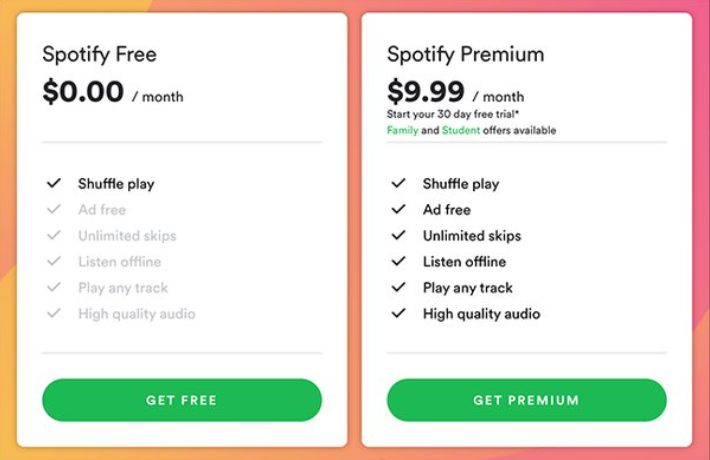In today’s competitive market, consumers are constantly making purchasing decisions. As a marketing manager, understanding your consumer insights is crucial for enhancing their perception of quality and evoking an emotional response to buy your product. So how can you do that? This is where the concept of “Psychological Pricing” comes into play. By strategically leveraging pricing, you have the power to influence consumers’ spending habits and drive sustainable revenue growth.
Here are 5 psychological tactics to implement in your pricing strategy:
Value Based Pricing:
- It is a simple concept, but it’s hard to execute well. In contrast to traditional cost-based pricing, which sets the price based on the cost of producing, value-based pricing is a more customer-centric approach to pricing.
- Takeaways: You need to understand the market and how consumers perceive value to set the right price for your product.
Odd Even Pricing:
- It is a tactic where prices with odd numbers are used to make products seem cheaper than they actually are, this is because odd numbers are perceived lower than even numbers.
- Takeaways: The perception of your brand by consumers plays a crucial role in this. Consumers associate odd prices with discounts, pricing a product at $7.99 instead of $8.00 can create the perception of a better deal. However, even prices are better for luxury brands.
Prestige Pricing:
- Companies use this tactic to establish an aura of exclusivity and premium quality. This approach capitalizes on consumers’ willingness to pay a premium for products they perceive as exclusive and of superior quality.
- Takeaways: Prestige pricing can be a profitable strategy, but only if you create a strong brand experience and offer products that are of high quality and exclusive.
Anchoring Pricing:
- This is where a business sets a high initial price and then emphasizes the lower discounted price. This makes the discounted price seem more appealing to customers, even if it is still higher than the actual cost of the product.
- Takeaways: Consumers tend to evaluate value in relation to other alternatives, rather than relying on absolute benchmarks.

Freemium Pricing:
- It is a pricing model where a company offers a basic version of its product or service for free, and then charges for premium features or functionality. It is a great way to attract new consumers.
- Takeaways: Even though this is often used by software companies, a FMCG company can still implement it by offering a basic version of its product for free, and then charge for premium features such as larger sizes, different flavors, or exclusive packaging. However, it is important to make sure that the free version of your product is valuable enough to convince customers to upgrade to the premium version.

With the Smart Value™ Platform, Marketeers empower managers to make data-driven decisions with agility and reduce risks, unlocking revenue growth through productive meetings and data centralization. Our platform utilizes predictive analytics to test the impact of different pricing scenarios, empowering you to make optimal decisions for boosting revenue in your 2024 marketing plan.
Explore our Smart Value™ Platform for RGM and request a demo now! To learn more about how we can help you optimize revenue growth, contact us for a free 15-minute consultation.
Interested in learning more?
RGM 360: MASTERING PPA FOR A $50 MILLION SALES SURGE
RGM 360: UNLOCKING THE POWER OF PRICING FOR CPG/FMCG
THE PRICE GAME: EXPLORING THE DYNAMICS OF PRICING IN DECISION-MAKING









